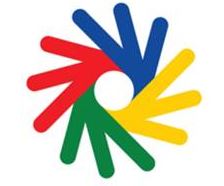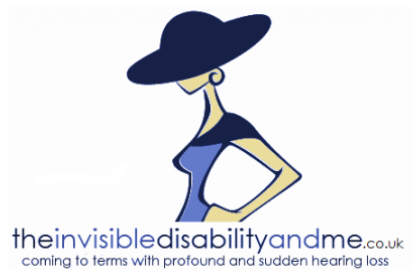I’m sure you all have heard about the 2016 Rio Olympics (Well done Team GB, an incredible 67 medals!) and you will have seen all the amazing and inspiring advertisements surrounding the Paralympics which is due to start on 7th September 2016 but have you heard about the Deaflympics?
The Deaflympics (previously known as the Silent Games and then the World Games for the Deaf) started in Paris in 1924 when Eugene Rubens-Alcais, a deaf Frenchman successfully attracted nine nations to participate in the International Silent Games, a deaf version of the Olympic games. There were 6 sports and 31 events and the event took place in Paris between 10th August 1924 – 17th August 1924. The nine nations that took part were Belgium, France, Great Britain, Hungary, Italy, Latvia, Netherlands, Poland and Romania.
The International Silent Games as they were known in 1924 came at a time when societies viewed deaf people as intellectually and physically inferior. Mr. Rubens-Alcais envisioned the sports event as the answer to prove these preconceived ideas wrong. The Silent Games were the first ever for any group of people with disabilities and it was only the second internationally competed games of any kind, with the modern-day Olympics being the first.
The Silent Games became the common framework for countries to deliberate about the similarities and differences in the welfare of their deaf people and as a result a lot of the misconceptions surrounding deaf people were reduced and to this day the games continue to create more understanding and also decreases prejudice about deafness.
The motto of the Deaflympics is ‘Per Ludos Aequalitas’ or ‘Equality through Sports’. They hold both summer and winter games and aim to both promote and contribute to the development of sport opportunities and competitions for Deaf athletes. Today there are 108 nations that take part in the Deaflympics and there have been 22 Summer games held at 4 year intervals since the first games in Paris in 1924. There were only two exceptions to this rule in 1943 and 1947 because of World War II.
When the Deaflympics first started in 1924 there were 148 athletes(147 of them men) from 9 countries and in 2013, when the last (summer) games took place, there were 2,711 athletes from 83 nations! The Deaflympics also hosts Winter Games which started in 1949 in Seefeld, Austria with 33 athletes from 5 countries. At the most recent Winter Games which took place last year, there were 336 athletes from 27 countries.

The current logo which was designed in 2003 is a powerful symbol of the deaf sports community. The overlapping hands seen in the logo shapes the words “ok”, “good” and “great” and also represent the original sign for “Deaflympics”. All together the hand shapes represent the sign for “united” and the four colours represent the national flags of the world.
Today Deaflympic athletes compete across a variety of sports which include Athletics, Badminton, Basketball, Beach Volleyball, Bowling, Cycling, Football, Golf and many, many more. In the winter games there are only 5 disciplines; Alpine Skiing, Cross Country Skiing, Curling, Ice Hockey and Snowboarding.
The oldest person to receive a Deaflympics medal is 75-year-old Canadian Sylvia Sigurdson whilst the youngest belongs to 12-year-old Italian Giovanna Besio. The youngest Deaflympics competitor is Stoyanka Todorova from Bulgaria who is just 9 years old!
The next Deaflympics is due to take place 18th – 30th July 2017 in Samsun, Turkey. To find out more about the Deaflympics have a look at their website www.deaflympics.com.

